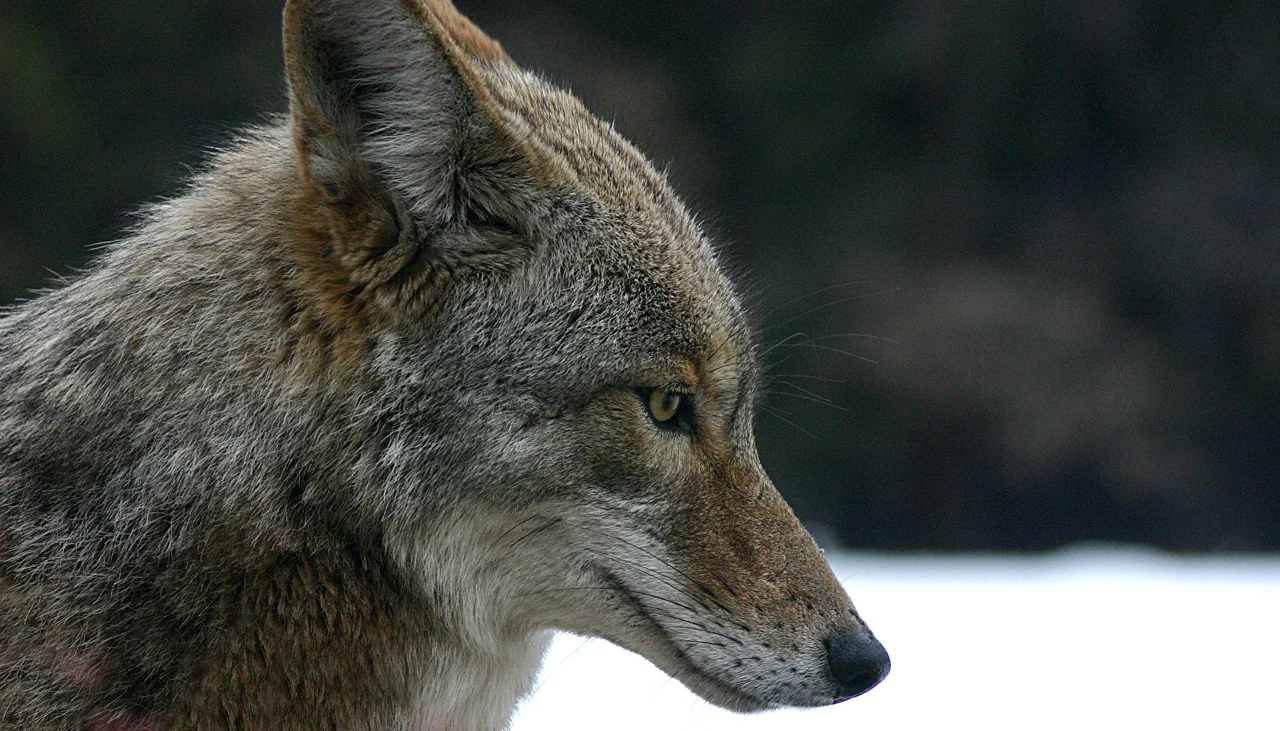THE HIMALAYAN WOLVES PROJECT
Thank you to everyone who attended our Secret Ruin Hike and signed up to our E-Newsletter - We have donated to help the Himalayan Wolves Project. THANK YOU to all!
Through our support of WildCRU, we are supporting their project - The Himalayan Wolf. read more about how the project is run here:
The Himalayan wolf is found in the high altitude ecosystems of the Himalayas and the Tibetan Plateau. It is an old lineage of wolf. It has also been largely overlooked by science and only in recent years evidence is emerging to show that the Himalayan wolf is distinct from the Holarctic grey wolf found in Europe and North America.
Some of the exciting questions the Himalayan Wolves Project is attempting to answer are how many of these wolves are found in the wild today, what keeps them there and where does their distribution range lie. The project focuses on compiling landscape scale data to understand the Himalayan wolf distribution and phylogeny which means where this wolf is situated in the canid’s family tree.
The trophic ecology is also studied to understand the Himalayan wolf’s role in the ecosystem. Specifically, the project works to identify its main wild prey species and understand livestock depredation. This is significant for understanding the resources required by healthy Himalayan wolf populations. But also how the wolves interact with carnivores that share the habitat with them, such as foxes and snow leopards is of interest.
This genetic and ecological data is combined with insights into human-carnivore conflict to identify the best mitigation strategies together with the local mountain communities. An understanding of the main threats to the wolves such as depredation conflict, their role in illegal wildlife trade, and the perception of wolves with regards to medicinal and cultural traditions is gained through interviews with local people. The project works closely with scientists from the respective host countries and the local mountain communities to raise conservation awareness, conduct research expeditions, and motivate further studies.

